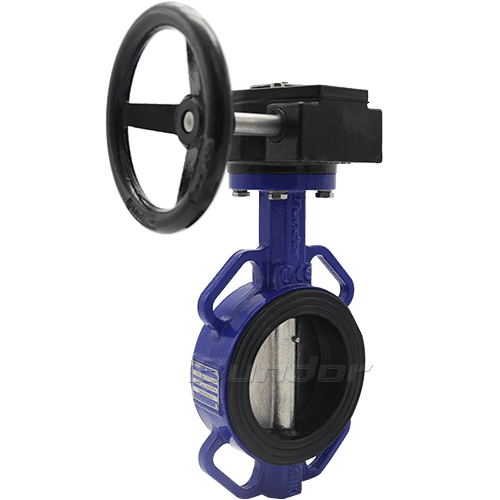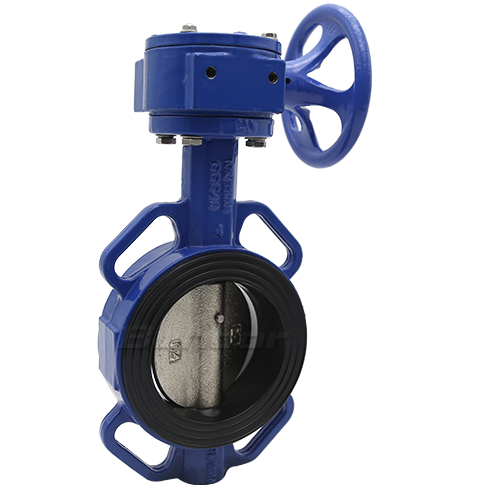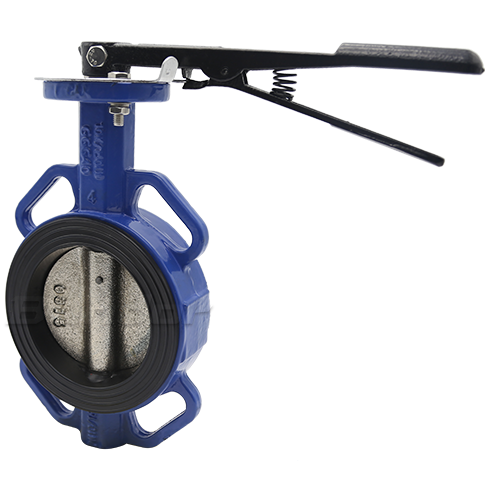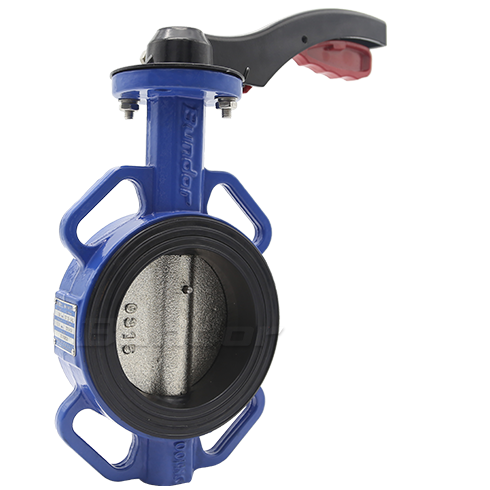1 Butadiene cyanide rubber (NBR) is an irregular copolymer synthesized by emulsion polymerization of butadiene and acrylonitrile monomer. NBR is mainly used in the manufacture of petroleum-based hydraulic oil, lubricating oil, kerosene and gasoline. The working temperature of working rubber products is -50-100 degrees. Short-term work can be used for 150 degrees. The working temperature is -45-100 degrees in air and ethanol glycerin antifreeze. Butyryl cyanide has poor aging resistance. When the ozone concentration is high, it will quickly age and crack. It is not suitable to work in high temperature air for a long time, nor can it work in phosphate ester fire-resistant hydraulic oil.
General physical properties of nitrile rubber:
1) Nitrile rubber is generally black. The color can be adjusted according to customer needs. However, some costs must be increased, and the use of rubber may be affected.
2) NBR has a slight smell of rotten eggs.
3) We judge whether the seal is made of cyanide rubber based on its oil resistance and temperature range.
2 Silicone rubber (Si or VMQ) is a linear polymer with silicon-oxygen bond units (-si-o-si) as the main chain and organic groups as side groups.
Silicone is widely used in seals or rubber parts used in the household appliance industry, such as electric kettles, electric irons, and rubber parts in microwave ovens; seals or rubber parts in the electronics industry, such as mobile phone keys, shock absorbers in DVDs, Seals in cable joints, etc.; seals on various articles that come into contact with the human body, such as kettles, drinking fountains, etc.
3 Fluorine rubber (FKM or Vtion), also known as fluoroelastomer, is a polymer containing fluorine atoms in the main chain and side chain carbon atoms.
Fluorine rubber has excellent heat resistance, ozone resistance and various hydraulic oil properties. Its working temperature in air is -40~250℃, and its working temperature in hydraulic oil is -40~180℃. Due to the processing, bonding and low-temperature properties of fluorine rubber are inferior to general-purpose rubber, and the price is more expensive, it is mostly used in high-temperature media that general-purpose rubber cannot handle.
4 EPDM is a terpolymer of ethylene, propylene and a small amount of non-conjugated diene olefins.
EPDM rubber has excellent ozone resistance. It will not crack for 2430 hours in an ozone concentration of 1*10-6. It has good corrosion resistance: alcohol, acid, strong alkali, oxidant, detergent , Animal and vegetable oils, ketones, and certain lipids have good stability (but in petroleum-based fuels, hydraulic oils swell severely, and cannot work in environments where they are exposed to mineral oil); they have excellent heat resistance and can be used in- Long-term use at 60~120℃; it has good water resistance and electrical insulation. The natural color of EPDM rubber is beige with excellent elasticity.
5 Polyurethane elastomer (PU) is a polymer made of raw materials such as polyisocyanate and polyether polyol or polyester polyol or/and small molecular polyol, polyamine or water, such as chain extenders or crosslinkers. The use temperature range of polyurethane elastomer is -45℃—110℃, which can have high elasticity and strength, excellent wear resistance, oil resistance, fatigue resistance and vibration resistance in a wide range of hardness, especially for lubrication Both oil and fuel oil have good anti-swelling properties and are called "wear-resistant rubber".
Polyurethane elastomer has excellent comprehensive properties and has been widely used in metallurgy, petroleum, automobile, mineral processing, water conservancy, textile, printing, medical, sports, food processing, construction and other industrial sectors.
6 PTFE (English abbreviation Teflon or [PTFE, F4]), known as "Plastic King", is a polymer compound formed by polymerization of tetrafluoroethylene, which has excellent chemical stability, Corrosion resistance, airtightness, high lubrication and non-stick properties, electrical insulation and good aging resistance, excellent temperature resistance (can work for a long time at a temperature of +250℃ to -180℃).
We can choose the appropriate seal material according to different working conditions.








